DJI’s new flagship drone, the DJI Mavic 4 Pro, has finally arrived, and many of you are wondering if the hype is justified. If you’re into drones and have been on social media over the past four months, it’s been hard to miss the buzz. In this video, I’ll reveal whether the Mavic 4 Pro lives up to the excitement. When I first started flying this drone around my community, testing its capabilities, I felt it deserved a bigger stage. So, my family and I hopped in the car, drove nine hours to the city, and discovered what this drone is truly capable of.
While most specifications have already been widely discussed, I hope this first video on the Mavic 4 Pro introduces enough new insights to keep you coming back for more. I plan to test every feature I can think of. Check the video description for timestamps to navigate to specific topics. Let’s dive in!
DJI Mavic 4 Pro Camera Drone Design and Efficiency
When DJI designed the Mavic 4 Pro, efficiency was a top priority. This is evident in the aerodynamic gimbal design, rounded propeller mounts, wing-like arms, upward-arched body, and more. Paired with a 95-watt-hour battery, it’s the longest- and fastest-flying drone in its category. I’ll share test results shortly. The standout feature is the unique rounded camera gimbal, which can rotate 440 degrees—an impressive capability that sparks creativity. The startup sequence is also the coolest I’ve ever seen. The propeller hubs are smooth, rounded, and easy to install, measuring a substantial 10.5 inches. Weighing just over 1 kg and measuring 12.9 x 15.3 inches when unfolded, this drone has a commanding yet futuristic appearance, reminiscent of the adorable robot WALL-E when the gimbal is inverted.

Camera System
The Mavic 4 Pro’s camera system is too exciting to save for the end. It features a triple-camera setup:
- Main Camera: A 4/3 CMOS sensor (28 mm equivalent) with an adjustable aperture of f/2 to f/11, capturing up to 100-megapixel images.
- Medium Tele Camera: A 1/1.3-inch sensor (70 mm equivalent), capturing 48-megapixel images.
- Tele Camera: A 1/1.5-inch sensor (168 mm equivalent), capturing 50-megapixel images.
Both tele cameras have a fixed f/2.8 aperture. All three cameras support D-Log, D-Log M, and HLG, ensuring consistent footage across focal lengths, which simplifies editing. The main camera records up to 6K at 60 fps, while the tele cameras record up to 4K at 60 fps. All three support 4K slow-motion recording. The rounded gimbal enables unique perspectives, including a 440-degree camera roll and incredible upward angles. Zoom capabilities include:
- Main camera: Up to 2.5x
- Medium tele: 2.5x to 6x
- Tele: 6x to 24x
All cameras support these zoom levels in vertical mode. This summer, I’ll use the Mavic 4 Pro to document a world-renowned muralist painting the Union silos in our town—a project years in the making. The drone’s image quality and unique camera system will capture it like no other.

Safety and Obstacle Avoidance
The Mavic 4 Pro features obstacle avoidance sensors on the top and bottom, using binocular vision for all-directional coverage—a step up from the Mavic 3 Pro’s eight sensors to six. A low-light LAR sensor on the right arm functions in 0.1 lux lighting. I tested this at 10:00 p.m., flying the drone directly at me in near-darkness, and it stopped as claimed—an asset for return-to-home scenarios in low light. I also tested focus tracking on a walking trail with semi-challenging terrain. It performed well, only getting stuck once when surrounded by trees. It’s said to detect objects as small as 2 cm wide. I tested this by flying at a sunflower stalk (about 2 cm) in my garden, and the drone stopped as expected. More testing is coming, but initial results are promising.

Flight Performance and Battery Life
The Mavic 4 Pro is claimed to reach 60 mph. In multiple tests—tailwind, headwind, and sideways—the fastest I achieved was 55 mph, still impressive. Battery efficiency may improve after more flights, as I’ve seen with other drones. In normal mode, it hit the claimed 40 mph. Handling feels different from the Mavic 3 Pro, so I’ll fine-tune the control stick settings and share them in a future video. For battery life, I conducted three tests, mimicking DJI’s method (100% to 0% at 15 mph, zero wind). In 15–20 mph winds at 160 feet, flying randomly and recording occasionally, I achieved 43 minutes and 23 seconds (85% of advertised flight time)—the highest percentage I’ve gotten from a DJI drone. In 35 mph gusts, it handled flawlessly, with stable video quality despite reduced battery life.
The 6,654 mAh battery is slightly thicker but nearly the same size and weight (1/8 ounce heavier) as the Mavic 3 Pro’s 5,000 mAh battery, showcasing efficiency. The 240-watt charger (included with the Creator Combo) charges three batteries in 90 minutes, compared to 80 minutes for one battery with the Mavic 3 Pro’s 100-watt charger. Charging one battery from 20% to 100% took just 35 minutes and 34 seconds—blazing fast.
Focus Tracking and Intelligent Flight Modes
The Mavic 4 Pro’s focus tracking is its most advanced yet, recognizing vehicles from 650 feet away. It didn’t track my ATV (a recurring DJI oversight), but it recognized vehicles over 900 feet away on a highway. Tapping a vehicle moving at 60 mph, it briefly followed before losing it behind trees. Tracking my pickup at 40 mph fell short at 34 mph, though it was steadier than the Air 3S (31 mph). The new auto mode in active track intelligently selects the best angle, enhancing usability. Quick Shots include a new “Rotate” mode, automating the gimbal’s 440-degree roll. Panorama’s “Free” mode lets you define the frame, producing stunning results quickly. Master Shots and Hyperlapse remain unchanged.

Transmission and Controller
The Mavic 4 Pro’s O4 Plus transmission doubles the Mavic 3 Pro’s range, reaching up to 18 miles. I haven’t lost signal in my rural community, and city tests are upcoming. The RC Pro 2 controller, included with the Creator Combo, emphasizes convenience. Compatible with the Air 3S and Mini 4 Pro, it powers on in one second, has pre-installed foldable sticks, and uses 1% battery per hour in standby mode. The 1,600-nit screen (up to 2,000 nits) is adjustable, and a left-side rotary dial simplifies camera adjustments. Customizable buttons (C1, C2, 5D) offer 18 functions, with the right dial supporting seven. It includes speakers, a card slot, USB-C, HDMI, and microphone compatibility. With 128 GB of storage, it supports apps for streaming and editing. A dedicated video will cover the controller in detail.

Conclusion
I hope this overview of the DJI Mavic 4 Pro answered your questions. If you found it helpful, give it a thumbs up and consider becoming a channel member. I recently quit my day job to focus on YouTube and real estate, so your support means the world to me and my family. Channel members will get exclusive live streams and more content for as little as $2 a month. Subscribe for more Mavic 4 Pro tests, and thanks for watching, and as always, fly safe and fly smart.

Discover more from DroneXL.co
Subscribe to get the latest posts sent to your email.
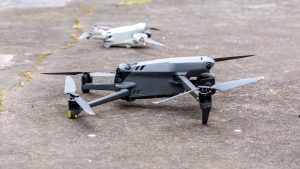
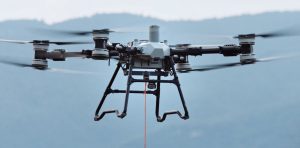
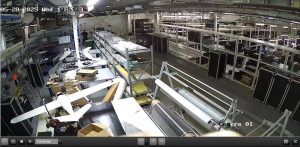



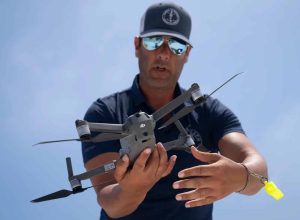

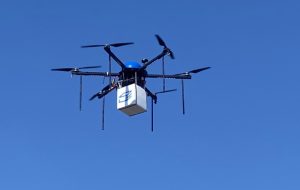
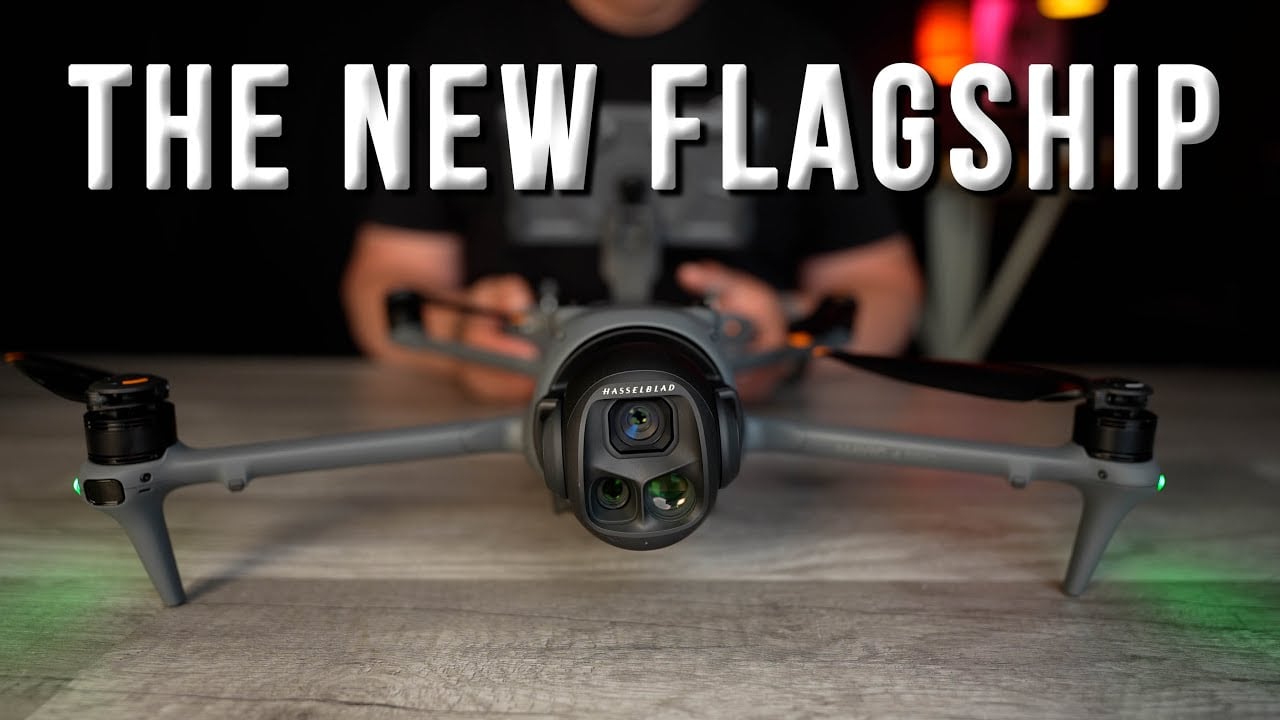

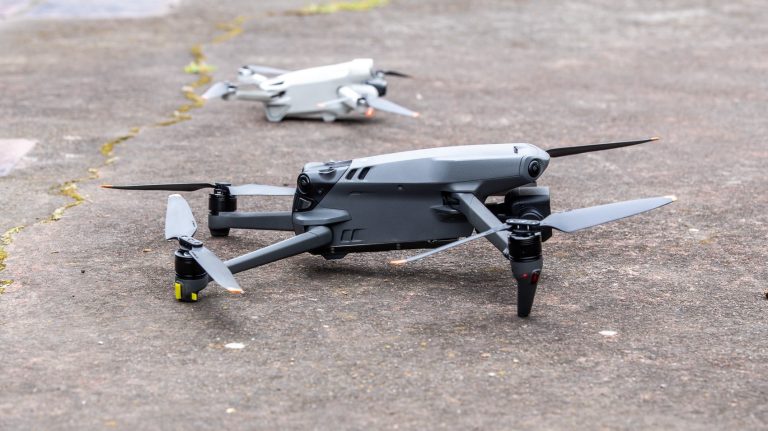
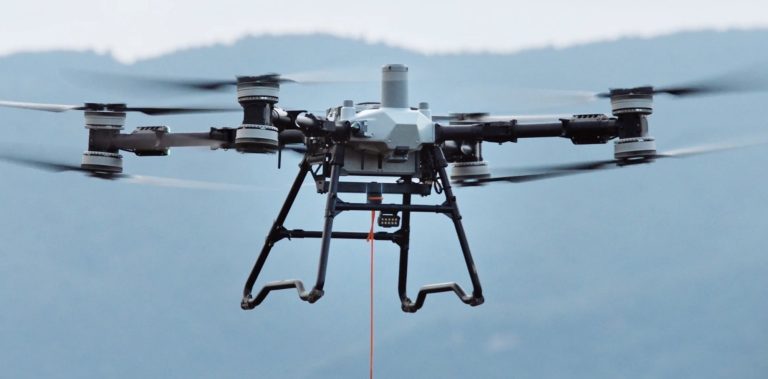
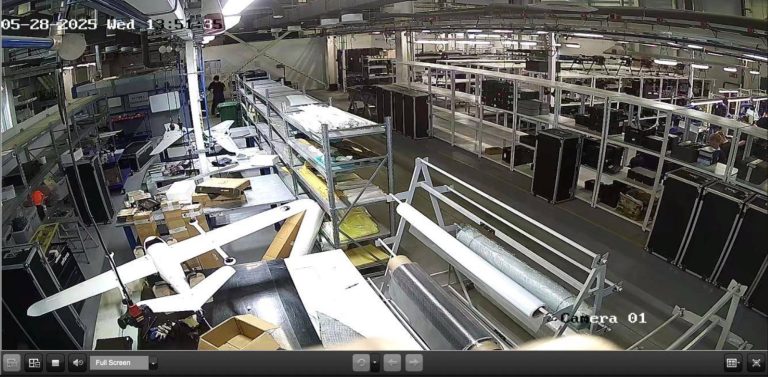

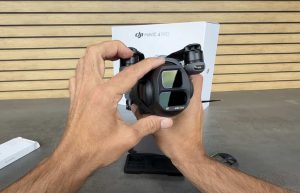
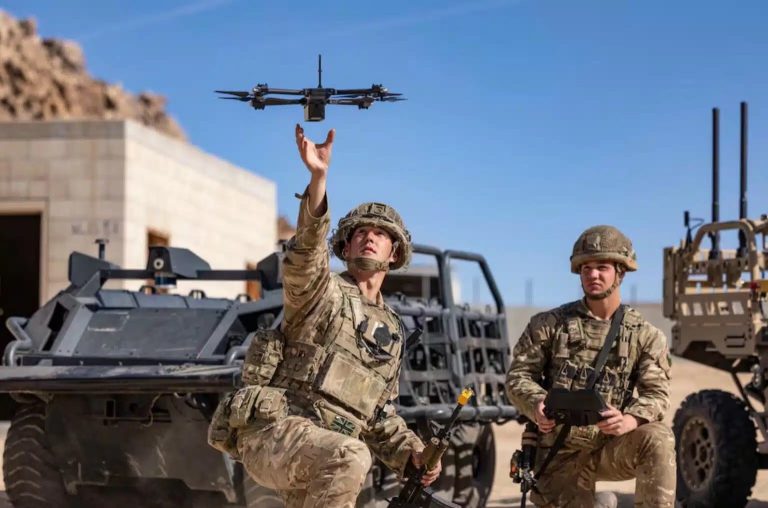

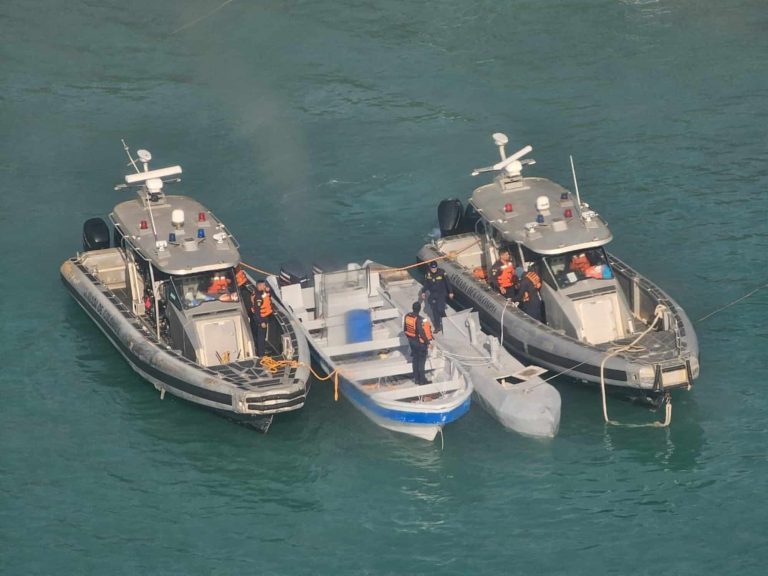
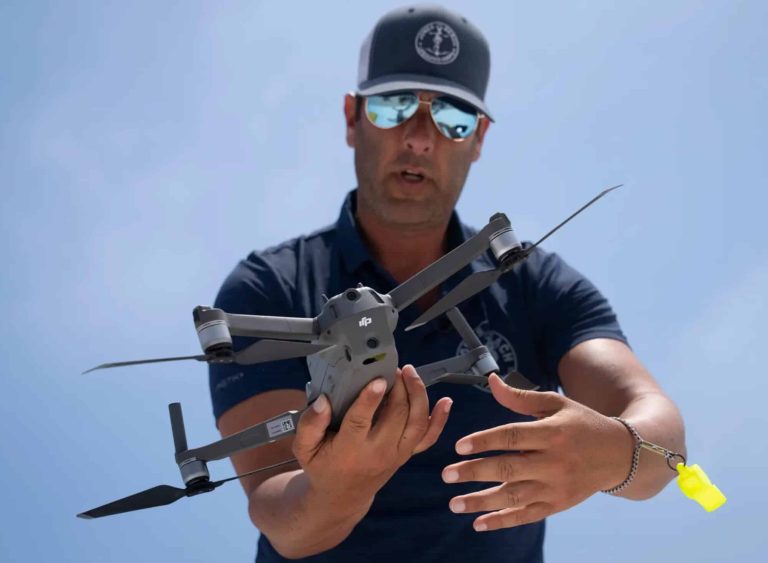

+ There are no comments
Add yours